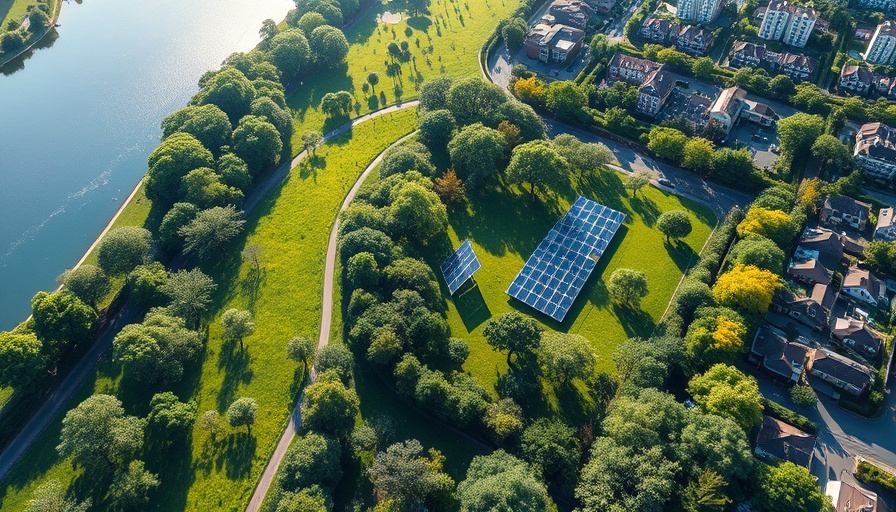
Long Beach City Council Makes Controversial Decision on Green Space
The Long Beach City Council's recent vote to approve the development of a 14-acre plot near the Los Angeles River has ignited a passionate response from community members and environmental advocates alike. In an 8 to 1 decision, the council has paved the way for a facility that includes self-storage, RV parking, and a car wash, effectively sidelining long-held aspirations for a public park in what remains a contentious issue for the area's residents.
Environmental Concerns and Community Pushback
For years, local activists and environmentalists have rallied against the project, arguing that this vacant lot should serve as a green space rather than a commercial facility. Leslie Garretson, president of the Riverpark Coalition, expressed her discontent with the council's decision, emphasizing that her group would continue to advocate for the land to become a park. “A park would not only beautify the area, but it would also provide essential recreational space for families,” she argues.
This sentiment reflects broader concerns about green space in urban areas, particularly in cities that have long prioritized industry and development at the expense of environmental preservation. A recent study highlights the growing need for accessible green spaces, especially in urban settings like Long Beach, where residents often lack access to parks and recreational facilities.
The Historical Context of the Proposed Development
The site’s history is as complex as the debate surrounding its future. Once a floodplain for the L.A. River, the land has undergone significant changes over the last century. It has been used for oil drilling, golf courses, and now faces contamination issues due to past industrial activities. While developers propose enhancements to clean the area up, many remain skeptical about the commitment to environmental stewardship.
This juxtaposition of development against the backdrop of its polluted past raises important questions about the long-term sustainability of the chosen project. David De Priest, a local resident, represents this perspective, asserting that the area has faced challenges—especially with illegal activities that have thrived due to its neglect. He believes that development could bring safety and a measure of stability, yet the broader implications for community health and environmental impact remain unclear.
Community Division: Development vs. Green Space
The divide in public opinion was evident during the council meeting, with impassioned pleas from both proponents and opponents of the project. Supporters like Sue Nantais argue that the development is necessary for local economic growth, stating, "I see it as a win-win for the city of Long Beach, its residents, and its taxpayers." On the other hand, those in favor of preserving the land for public use argue that the loss of potential park space could have long-lasting negative effects on the community’s quality of life.
Development projects often promise economic benefits but at what cost? As cities like Long Beach face increased pressure from population growth and limited land resources, community members must grapple with the tough choices that balance growth with quality of life. Many are left wondering: is the immediate economic benefit worth the sacrifice of future green space?
Future of the Land: Public Parks or Private Development?
Looking ahead, the outcome of this decision may hinge on more than just immediate public sentiment. The RiverLink Plan initiated in 2007 illustrates an ongoing effort by the city to promote green spaces along the LA River corridor. This blueprint represents collective hopes for urban revitalization and could serve as a robust counterargument against developments that interrupt these plans.
As the discourse around urbanization continues, the potential consequences of developing this land are far-reaching, not only impacting the local environment but also setting precedents for future land use in Long Beach. Both parties must prepare for the ongoing dialogue as new environmental assessments develop and the community continues to voice their concerns.
Getting Involved: How to Make Your Voice Heard
For residents who feel passionately about this issue, community engagement is paramount. Attending council meetings, joining local advocacy groups, or participating in forums designed for public input can be constructive avenues for voicing concerns and influencing future decisions. The development of public spaces is a shared responsibility, and as cities evolve, active citizenship will remain crucial in shaping the future landscape.
 Add Row
Add Row  Add
Add 




Write A Comment